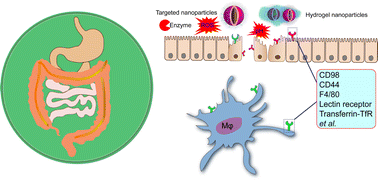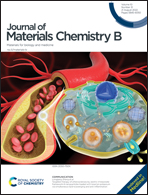Nanoparticles for oral delivery: targeted therapy for inflammatory bowel disease
Abstract
As a group of chronic and idiopathic gastrointestinal (GI) disorders, inflammatory bowel disease (IBD) is characterized by recurrent intestinal mucosal inflammation. Oral administration is critical for the treatment of IBD. Unfortunately, it is difficult to target the bowel located in the GI tract due to multiple physical barriers. The unique physicochemical properties of nanoparticle-based drug delivery systems (DDSs) and their enhanced permeability and retention effects in the inflamed bowel, render nanomedicines to be used to implement precise drug delivery at diseased sites in IBD therapy. In this review, we described the pathophysiological features of IBD, and designed strategies to exploit these features for intestinal targeting. In addition, we introduced the types of currently developed nano-targeted carriers, including synthetic nanoparticle-based and emerging naturally derived nanoparticles (e.g., extracellular vesicles and plant-derived nanoparticles). Moreover, recent developments in targeted oral nanoparticles for IBD therapy were also highlighted. Finally, we presented challenges associated with nanotechnology and potential directions for future IBD treatment.

- This article is part of the themed collection: Journal of Materials Chemistry B Recent Review Articles


 Please wait while we load your content...
Please wait while we load your content...